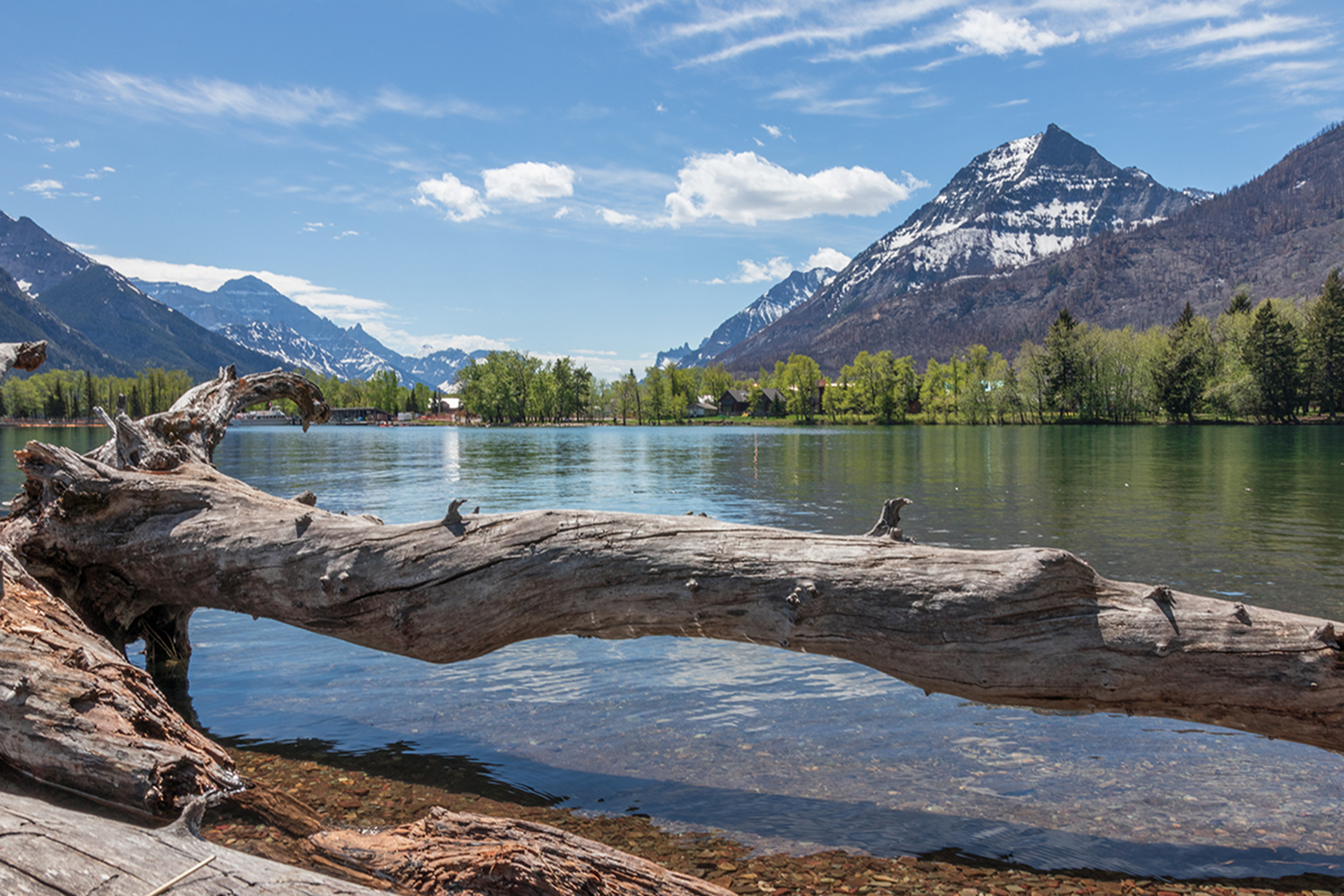Beginning Apr. 1, all non-motorized watercraft from outside of Waterton Lakes National Park are prohibited from entering water bodies in the park.
According to Parks Canada, many of Waterton’s thousands of visitors enjoy lakes and rivers each year by boating, fishing and swimming. These activities risk introducing aquatic invasive species (AIS) into park waters. AIS are non-native species, exotic species, noxious weeds or invasive pests or pathogens that require aquatic habitat to survive.
Many kinds of AIS can survive in Waterton and interrupt the ecosystem. Some species of concern are zebra and quagga mussels, whirling disease and Eurasian milfoil.
“These AIS have been a concern for quite some time, not only here, but throughout the province and all-over North America. We have tried other methods to reduce the risk,” says Locke Marshall, field unit superintendent at Waterton Lakes National Park.
For the past few years, Marshall notes, Waterton has had a mandatory inspection station outside of the gates to the park, in order to capture visitors who have watercraft or other types of aquatic equipment and get them inspected and make sure they are clean, drained and dry. “Unfortunately, we found through some spot checks the compliance was very low.”
Visitors, Marshall adds, were still launching into water bodies at the park without having their watercraft inspected. “That is why we are deciding to make this change right now. With the compliance being so low, and there is so much water recreation in the park, we have a very high-risk aquatic invasives could enter the water systems. Not just in Waterton, but they’ll flow downstream from us into the Oldman River and the South Saskatchewan River Basin. We could be a source of that because of the high amount of recreation we have here and the low compliance.”
Whirling disease is present in other waterways downstream from the park, Marshall says, but the disease has never been found in the park until last year. “There was a confirmation it was found in the Belly River. That particular pathogen is strictly related to fish, but it can be quite detrimental.”
“That’s one of the concerns because it had been detected in the park and downstream from the park. The concern was we would need to take measures to make sure it didn’t spread into other water bodies in the park,” adds Marshall.
Marshall says there’s an expectation from the Canadian public Parks Canada will do everything it can to reduce the risk of any kind of impact to the ecosystem. “We understand it also impacts how people can recreate in the park, we appreciate that. But it is very important we take these measures given the risk is so high and the risk seems to be increasing because of the whirling disease, in particular. And AIS like mussels have been found not very far from park boundaries.”
Parks Canada has been taking action on AIS for several years, including operating a mandatory inspection program for non-motorized watercraft from 2021 to 2023. However, program compliance was estimated be less than 60 per cent of watercraft users.
According to Parks Canada, all motorized and trailered watercraft continue to be required to participate in the park’s 90-day quarantine sealing program before they will be able to enter Upper or Middle Waterton Lake.
Other water equipment not prohibited still requires a self-certification permit, including fishing equipment, scuba gear and inflatable toys and floats (rafts, inner tubes and children’s toys). Packable or inflatable kayaks, paddleboards, hydrofoils and canoes are considered non-motorized watercraft and are prohibited from entering waterbodies in the park.




